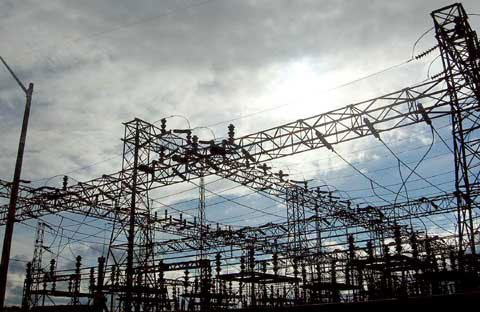Despite Nigeria’s government’s posturing that Nigerians will enjoy steady electricity by 2015, experts say darkness may persist until 2050. And stable power supply may never be enjoyed in this generation.
An expert has told Reuters news agency that Nigeria would need about 140,000MW to guarantee stable power supply.
Nigeria is still scores of years away at this threshold. At present, it generates a meagre 4,000 MW for a population estimated at 170 million.
South Africa, with a population of about 50 million people, produces about 40,000 megawatts of electricity and has been trying in recent years to increase output.
“It will probably take Nigeria another 50 years before it attains the same level of electricity consumption per capita as South Africa currently enjoys today,” David Ladipo, whose company Azura is spending $700 million to build a 450 MW plant, told Reuters.
In comparison, Brazil, with a population of 190 million people, produces nearly 100,000mw of electricity while Egypt, which is half the size of Nigeria, (82 million people), produces 26,000mw and Indonesia, with a population of 240 million people, produces 30,000mw.
The United States with a population of 311 million people and with a total electricity-generating capacity of nearly 1.3 million megawatts was the biggest producer of electricity in the world until a few months ago. It has now been overtaken by China which produces close to 1.4 million megawatts.
In 2010, President Goodluck Jonathan pledged that Nigeria would boost generation from 3,000 megawatts (mw) to 10,000 mw by the end of 2013, and 40,000 mw by 2020. Analysts view this as a mirage.
Ladipo says electricity output could grow to 6,000 mw in the next two years and to 9,000 MW by 2020, before seeing a potential boom as post-privatization investment kicks in.
Reuters said even Ladipo’s more modest projections, which several other industry experts broadly agreed with, face hurdles.
“Privatization is months behind schedule and government is struggling to get the funding it needs for crucial transmission and gas supply infrastructure. Powerful labour unions are blocking attempts to pay off 40,000 state electricity workers,” Reuters said.
“The African Development Bank is providing $150 million to aid with transmission and some of the $1 billion debut Eurobond would help with upgrades. But in Nigeria, just making the money available doesn’t always mean it will be used wisely,” Reuters said.
“Nigeria says it has found 340 billion naira ($2.1 billion) to pay off the workers, but they remain reluctant to leave.
“The African Development Bank is providing $150 million to aid with transmission and some of the $1 billion debut Eurobond would help with upgrades. But in Nigeria, just making the money available doesn’t always mean it will be used wisely,” Reuters said.
About $40 billion had been invested in many power reform drives in the last 20 years, with nothing to show for it. Nigeria is in the process of breaking up the defunct state power company into 17 private generation and distribution companies and selling them for about $2.5 billion in total, as part of efforts to increase electricity output tenfold over the next seven years.
[Reuters]

